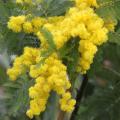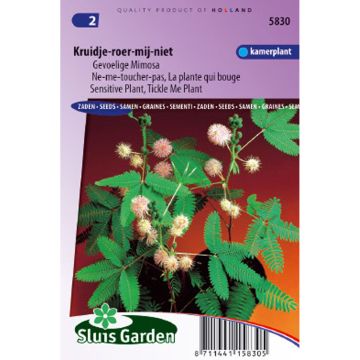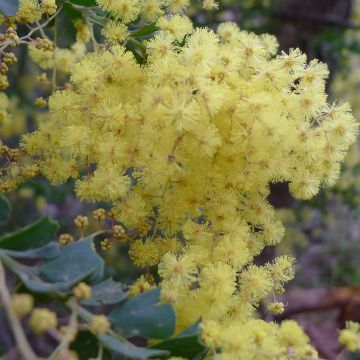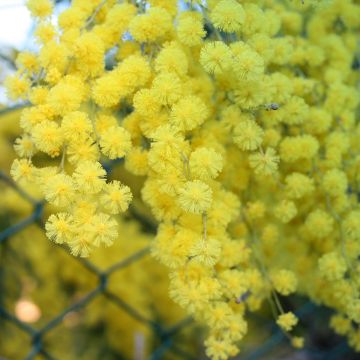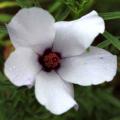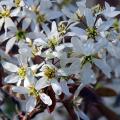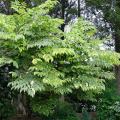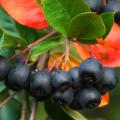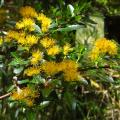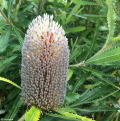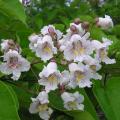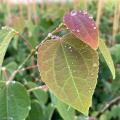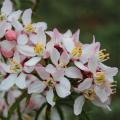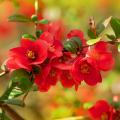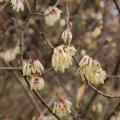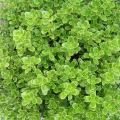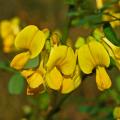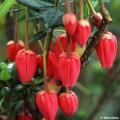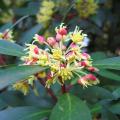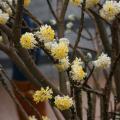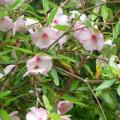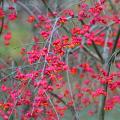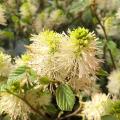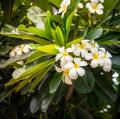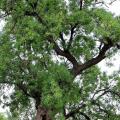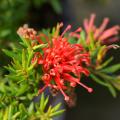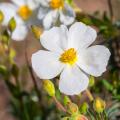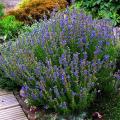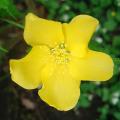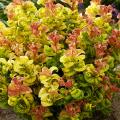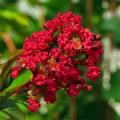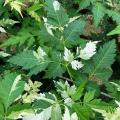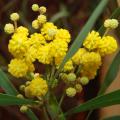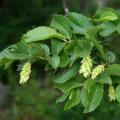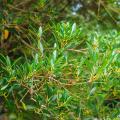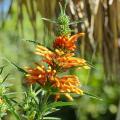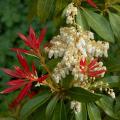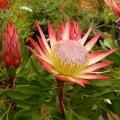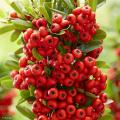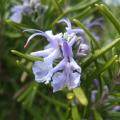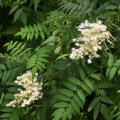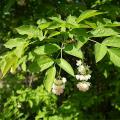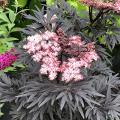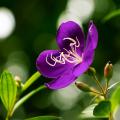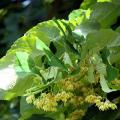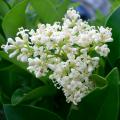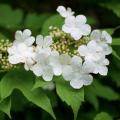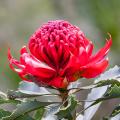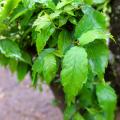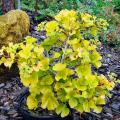Acacia - Wattle
Does this plant fit my garden? Set up your Plantfit profile →

Available in 1 sizes
Available in 2 sizes
Available in 2 sizes
Available in 1 sizes
Available in 1 sizes
Available in 1 sizes
Available in 1 sizes
Available in 1 sizes
Available in 2 sizes

Available in 1 sizes
Available in 1 sizes
Available in 1 sizes
Available in 1 sizes
Available in 1 sizes
Available in 1 sizes
Available in 1 sizes
Mimosas are highly ornamental bushes which often flower in winter. They boast clusters of yellow and fragrant pompons, similar to those of the Acacia dealbata commonly known as the Winter Mimosa. In Latin, the mimosa is called Acacia and belongs to the Fabaceae family. There are over 1200 species of mimosa, most of which are native to Australia, but also to tropical and subtropical regions of Africa. These undeniably beautiful Acacia were introduced in many regions with mild climates, especially around 1850 on the French Riviera, where some have become nativised. They are semi-hardy plants which are often able to withstand temperatures as low as -8°C/-10°C (14°F).
Most mimosas do not tolerate limestone soil. Mimosas are generally classified into two groups: those with finely divided leaves, often more cold-tolerant, and those with phyllodes, which are actually flattened, thin and elongated leaf stalks. The latter are less hardy than their cousins.
Mimosas grown in open ground make naturally stunning standalone plants. They can also be used as a hedge or in rows, or as a living privacy screen. Mimosas can be combined with other frost-sensitive shrubs with an exotic appearance such as Caesalpinia gilliesii, Jacaranda mimosifolia (Blue Flamboyant), Sesbania punicea, escallonias, or even bitter orange (Citrus aurantiaca). Mimosas can be grown in pots as long as they are protected from winter frosts in a minimally heated greenhouse or conservatory.
In recent years, other attractive varieties of mimosa have been sold in our nurseries. Among them are Acacia baileyana, pravissima, covenyi, and melanoxylon, which are shrubs boasting many advantages.
Haven't found what you were looking for?

































